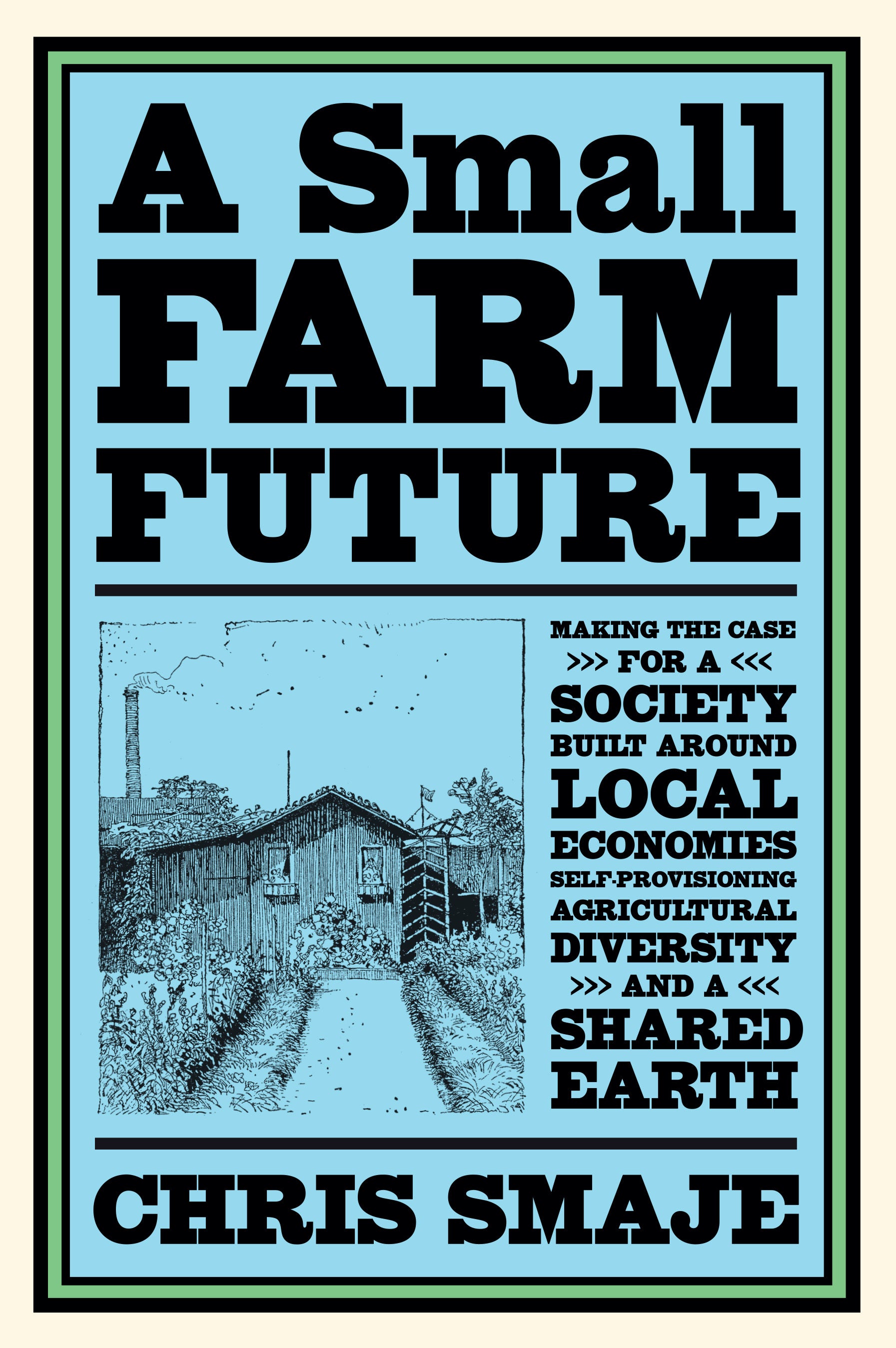Review: Why small farms need a reordering of our society
Creating an economy that includes successful small farms will require a re-ordering of the global economy

“A Small Farm Future: Making the Case for a Society Built Around Local Economies, Self-Provisioning Agricultural Diversity and a Shared Earth,” by Chris Smaje (Chelsea Green)
With the possible exception of parks perhaps no use of the land is viewed more favorably in America than a small farm. It’s encompasses all the values and myths we hold holy — seemingly pollution-free stewardship of the land, green vistas of vibrant crops, and contented animals munching grass.
If only the realities and economics of small farming were so engaging.
The vast scope and power of corporate agriculture presents ferocious competition; studies show half of small farmers depend on a second job to stay solvent.
Chris Smaje explains in “A Small Farm Future" how small farms can become profitable — it merely will take a near complete reordering of our society.
Smaje threw his research net wide for this book, citing population growth, climate change, conflicting economic theories and outdated politics in concluding the labor-intensive, small-scale agriculture he advocates can work.
Forget any multi-tasking when you are reading this book —you’ll get lost in equations he creates to show the flow of commodities and money and how the world can change to embrace small farms.
Smaje offers a solution for small farms on a macro-economic/political scale; the aspiring small farmer will not find much here to help make the venture profitable.
“A Small Farm Future” joins a barnful of books and articles in recent years on small farming, a romance with the land that has eluded profitability.
However, several factors may hasten Smaje’s farm revolution, at least in the United States:
— Climate change, which will render some of our current farmlands too hot, too dry, or both.
— The diminishing water table in California’s central and Salinas valleys, where most of America’s salads originate in industrial-scale farms.
— Washing away of the topsoil in the Great Plains, the result of corn and soybean monocultures and failure to plant cover crops, such as clover, in the winter to hold the soil in place when it rains.
— In California, a failure of the winter rains, and conversely, deluges in the central states, surely will elevate the urgency of an alternative agriculture discussion.
If those factors are not enough to ignite a shift to more sustainable small farms, consider this statistic: Federal payments to farmers are expected to reach a record $46 billion this year, the New York Times reported earlier this month. That’s about 40 percent of total farm income.
As Smaje writes: “It’s clear that present ways of doing politics, economics and agriculture in much of the world are reaching the end of the line.”